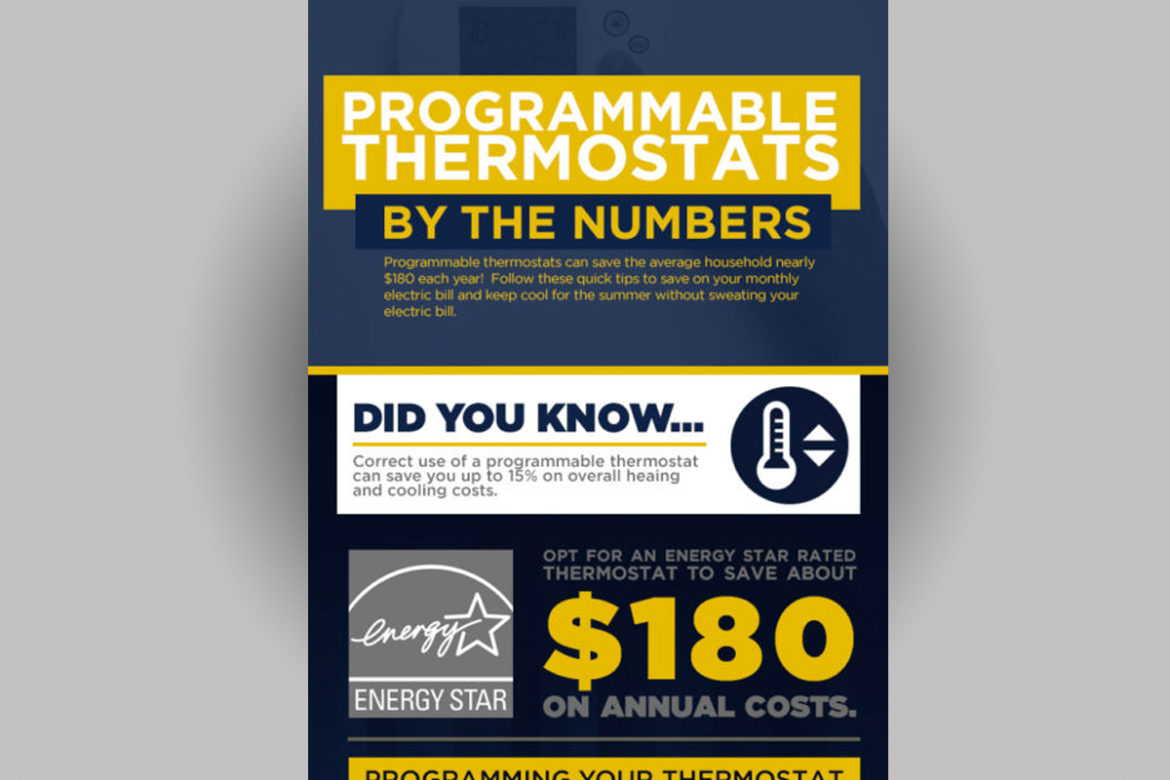The Ultimate Overview To Recognizing Heat Pumps - Just How Do They Work?
The Ultimate Overview To Recognizing Heat Pumps - Just How Do They Work?
Blog Article
Content Develop By-Junker Montoya
The very best heatpump can conserve you considerable amounts of money on power bills. They can additionally help reduce greenhouse gas exhausts, particularly if you use electrical power in place of nonrenewable fuel sources like lp and heating oil or electric-resistance heaters.
Heatpump work very much the same as air conditioning unit do. This makes them a practical alternative to traditional electric home furnace.
Just how They Work
Heatpump cool down homes in the summer and, with a little aid from electrical power or natural gas, they give some of your home's heating in the wintertime. They're a great alternative for people who intend to reduce their use nonrenewable fuel sources yet aren't all set to replace their existing heating system and air conditioning system.
They rely upon the physical reality that also in air that seems too cool, there's still power present: cozy air is always moving, and it wishes to move right into cooler, lower-pressure settings like your home.
A lot of ENERGY celebrity licensed heatpump run at near to their heating or cooling capacity throughout the majority of the year, decreasing on/off cycling and saving power. For the very best efficiency, focus on systems with a high SEER and HSPF score.
The Compressor
The heart of the heat pump is the compressor, which is also referred to as an air compressor. This mechanical streaming gadget uses prospective power from power creation to enhance the stress of a gas by lowering its quantity. It is different from a pump because it just deals with gases and can't collaborate with fluids, as pumps do.
Atmospheric air enters the compressor with an inlet shutoff. It travels around vane-mounted arms with self-adjusting size that split the interior of the compressor, creating numerous cavities of varying dimension. The blades's spin pressures these dental caries to move in and out of stage with each other, pressing the air.
The compressor attracts the low-temperature, high-pressure cooling agent vapor from the evaporator and compresses it right into the warm, pressurized state of a gas. This process is duplicated as needed to supply home heating or air conditioning as called for. The compressor likewise consists of a desuperheater coil that reuses the waste warm and adds superheat to the cooling agent, altering it from its fluid to vapor state.
The Evaporator
The evaporator in heat pumps does the same point as it does in fridges and a/c, altering liquid cooling agent right into an aeriform vapor that eliminates heat from the room. Heat pump systems would not function without this crucial piece of equipment.
This part of the system lies inside your home or structure in an interior air handler, which can be either a ducted or ductless unit. It includes an evaporator coil and the compressor that presses the low-pressure vapor from the evaporator to high pressure gas.
residential heat pumps take in ambient warmth from the air, and afterwards make use of electrical power to move that heat to a home or business in home heating mode. That makes them a whole lot a lot more power reliable than electrical heating units or heaters, and since they're making use of tidy power from the grid (and not shedding gas), they also produce much fewer emissions. That's why heat pumps are such fantastic environmental choices. (As well as a significant reason that they're coming to be so popular.).
The Thermostat.
Heatpump are terrific options for homes in chilly climates, and you can use them in combination with conventional duct-based systems and even go ductless. They're a terrific alternate to nonrenewable fuel source heating systems or conventional electric heaters, and they're a lot more lasting than oil, gas or nuclear heating and cooling equipment.
Your thermostat is the most vital component of your heatpump system, and it works really differently than a traditional thermostat. All mechanical thermostats (all non-electronic ones) work by using compounds that change dimension with increasing temperature level, like coiled bimetallic strips or the increasing wax in an automobile radiator valve.
read what he said consist of 2 different kinds of metal, and they're bolted with each other to form a bridge that finishes an electrical circuit connected to your HVAC system. As the strip gets warmer, one side of the bridge broadens faster than the various other, which creates it to bend and signify that the heater is needed. When the heat pump is in heating setting, the turning around valve reverses the circulation of refrigerant, so that the outdoors coil now functions as an evaporator and the indoor cyndrical tube ends up being a condenser.